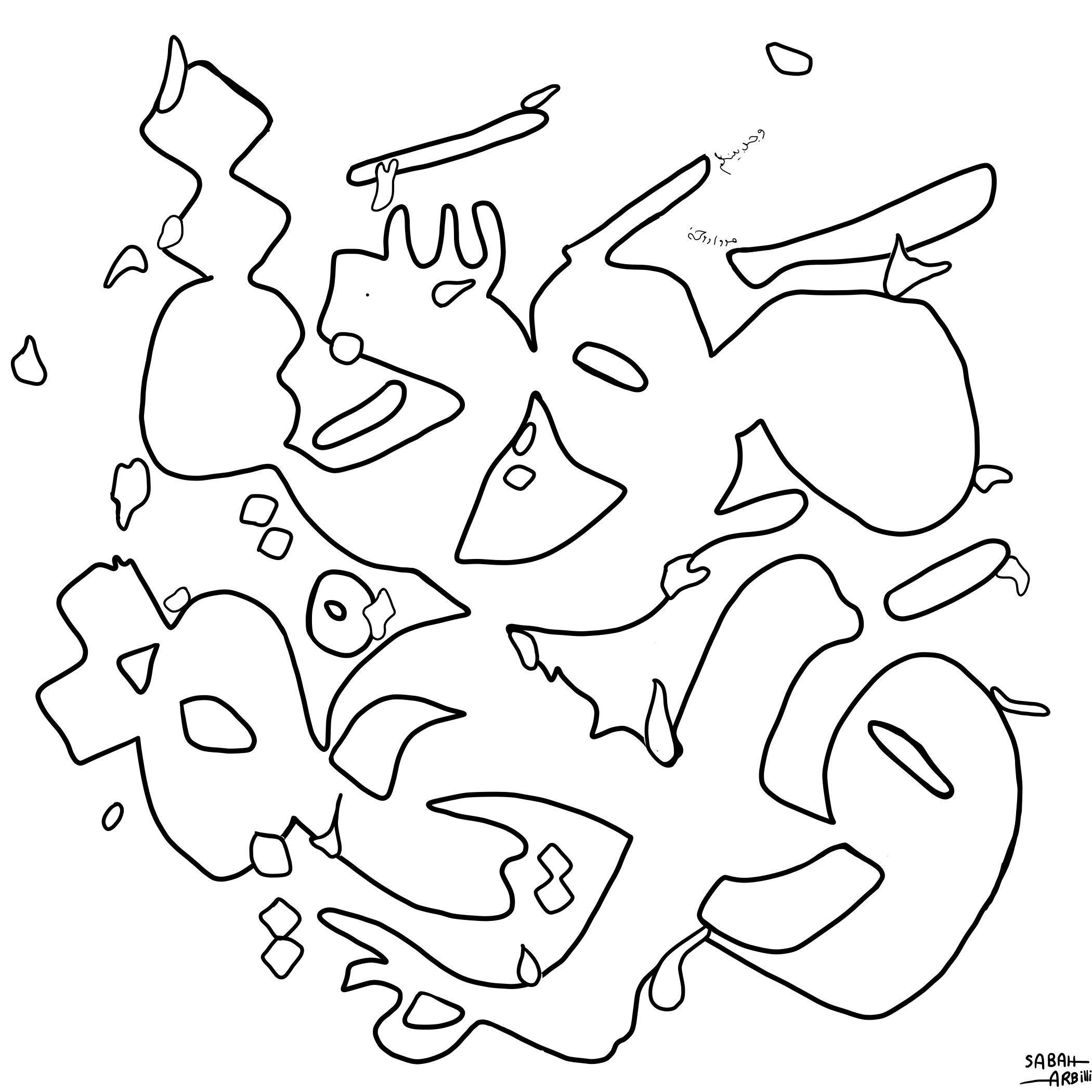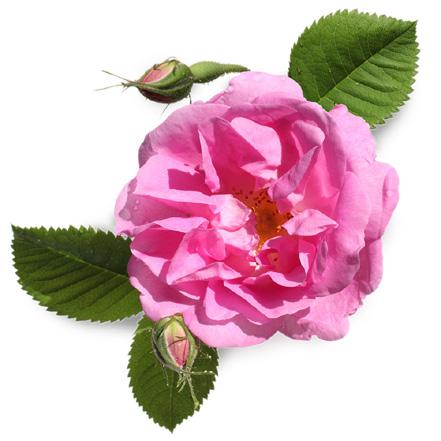
4 minute read
Aromas of Arabia
from A2Q - Issue One
by QatarAmerica
For many generations, aromatic fragrances have been an integral element to the commerce and social life of Arabic and Islamic societies, and Qatar is no exception. Can you guess where these familiar olfactory notes fall on the fragrance wheel?

Advertisement
Rose
Rosa Damascene/Rosa Centifolia
The oil extracted from rose flowers has been used in perfumes and skin care for centuries. Rose water, made from the rose oil, is widely used in Asian and Middle Eastern cuisine. Rose oil is also used for skin care products and aromatherapy.
Uses: Medicinal Cosmetic Food
Type: Oil Alcohol
Origin: Rosa Damascene is from Damascus, Syria and Rosa Centifolia is from Grasse, France (the perfume capital of the world) Notes: Floral: Floral Uses: Type:
Fun Fact: The Rose is the US National Flower Price range: $$
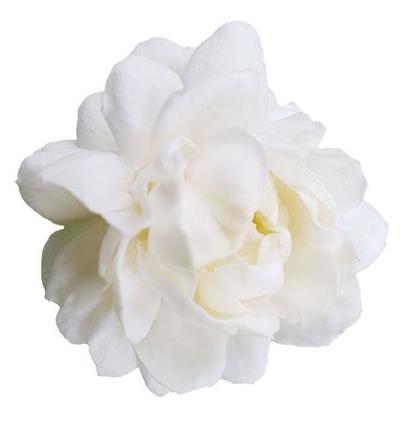
Arabian Jasmine
Jasminum Sambac
Arabian jasmine flowers are used as a fragrant ingredient in perfumes and for jasmine tea, as jasmine is said to have rejuvenating, boosting, and energizing properties. Jasmine, along with rose oil, is considered the most expensive and exotic oil used in today’s perfumery.
Origin: Indian subcontinent/Southeast Asia
Notes: Floral: Soft Floral
Fun fact: Damascus is known as the city of jasmine. Egypt’s Gharbiya region makes up over half the global supply of Jasmine. Price range: $$
Agarwood/Oud
Aquilaria

Meaning "wood" in Arabic, oud is one of the most prominent fragrances of the Middle East, it is also one of the most valuable raw materials in the world. Oud of the heartwood of Aquilaria trees after being infected with a type of mold and developed a dense, dark, resin embedded. Its distinctive aroma is used for Arabian incense and perfumes.
Origin: Southeast Asia
Notes: Oriental: Woody Oriental
Fun facts: First-grade agarwood is one of the most expensive natural raw materials in the world. Price range: $$$$
Frankincense

Origin: Arabian Peninsula and Northeast Africa
Notes: Oriental: Woody Oriental
Fun Fact: Frankincense appears in Egyptian murals and is mentioned in the Bible and Talmud.
Price range: $$$
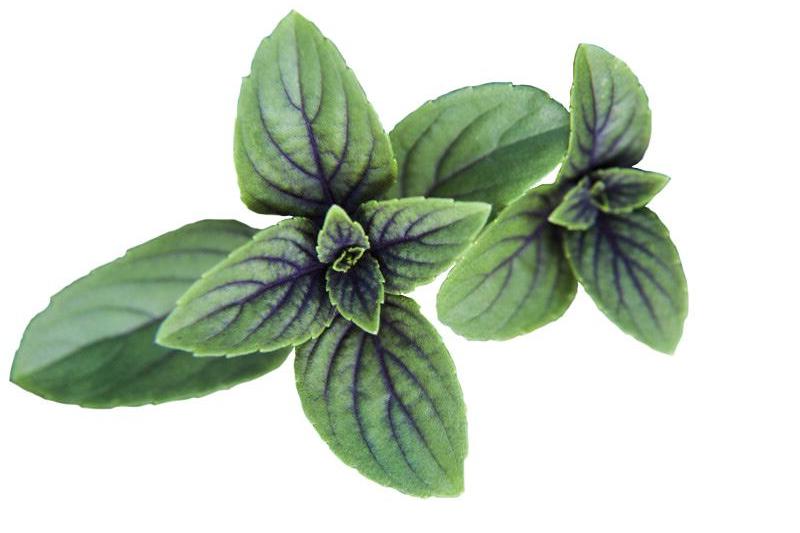
African Blue Basil
Lamiaceae
Blue basil, the spicier and mintier relative of the Lamiaceae family, has been cultivated for decades in Qatar because of itsfast-growing properties in warm climates. In Qatar (where it’s called Mashmoom meaning "sniffed"), both the leaves and flowers are mixed with other scents and rose water or assembled with Arabian jasmine as a necklace.
Origin: Africa and South Asia
Notes: Fresh: Aromatic
Fun fact: Basil is also used as a pest repellent to keep flies and mosquitoes at bay
Price range: $
Mastic

Originally a sap from the mastic tree, mastic is made up of sun-dried pieces of brittle, translucent resin. It is commonly known to Arabian cuisine for uses in baking and cooking,typically for its pine and cedar flavor. It is also used in perfumes, cosmetics, soap, body oil, and body lotion, and in its hardened form it can be used to produce incense). Mastic is derived from mastichein "to gnash the teeth", a derivative of the English word masticate.
Origin: Mediterranean
Notes: Oriental: Oriental
Fun fact: Producing the mastic resin is a whole-year process for the local growers.
Price range: $$

White Musk
White musk in the perfume industry refers to a group of aromas, either synthetic or botanical, that replaces natural, animal (black) musk. These aromas typically offer clean, musky, skin notes and have broad uses in industry ranging from cosmetics to detergents. While a lot of white musk is produced from synthetic ingredients today, it can be derived from plant sources, such as the musk flower or musk seed.
Origin: Asia
Notes: Oriental: Soft Oriental
Fun fact: Synthetic musks have a clean, smooth, and sweet scent lacking the White Musk fecal notes of animal musks.
Price range: $$
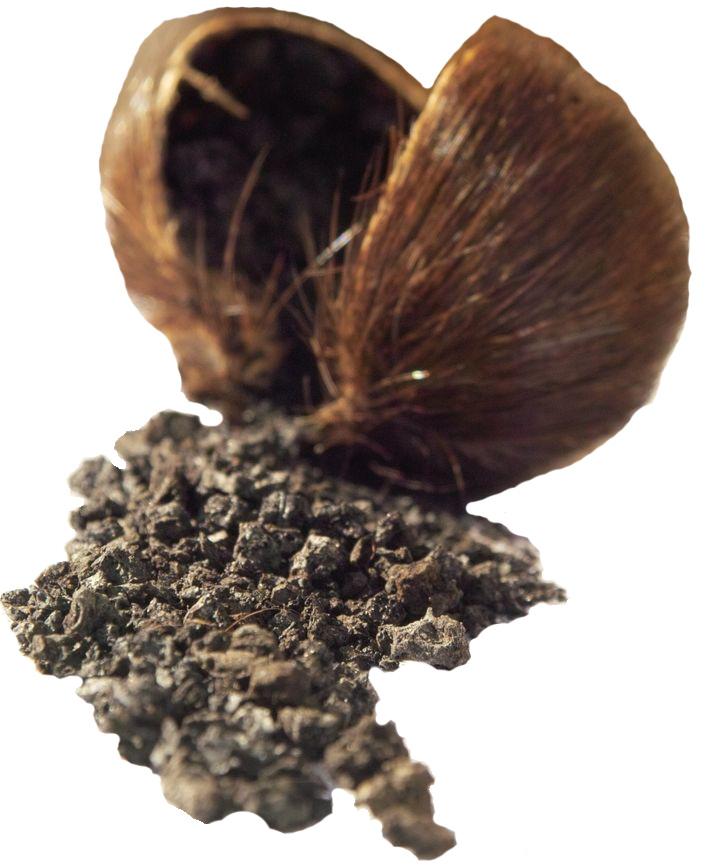
Black Musk
Black musk historically was a substance extracted from the glands of the musk deer or civet, and was used extensively in perfumery until the late 19th century. Economic and ethcal motives led to the adoption of synthetic musk, which is now used almost exclusively. Its earthy, animalistic, sensual qualities are brilliant at balancing other ingredients and to "fix" them for a more long-lasting effect.
Origin: India Notes: Oriental: Dry Woods
Fun facts: the word musk means "small testicle" in Sanskrit.
Price range: $$$

Ambergris
Ambergris, the solid, waxy, flammable substance produced in the digestive system of sperm whales, is mostly known for its use in creating perfume and fragrance similar to musk. Ambrein, an odorless alcohol, is extracted from ambergris and used to make a perfume’s scent last longer. Darker ambergris is less valuable because it contains less ambrein.
Origin: Primarily in the Atlantic Ocean
Notes: Oriental: Mossy Woods
Fun fact: It can float on the ocean for years before washing ashore.
Price range: $$$$
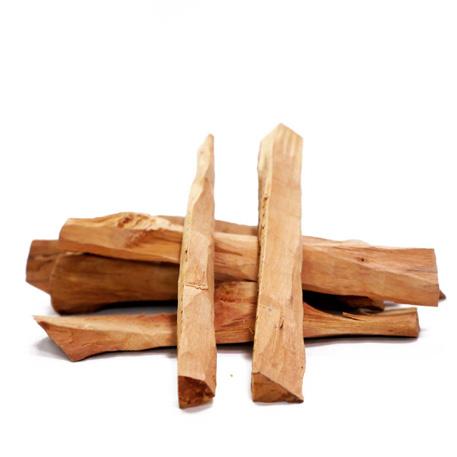
Sandalwood
Lamiaceae
Sandalwood, the second most expensive wood in the world, comes from trees in the genus Santalum. Unlike many other aromatic woods, sandalwood retains its distinctive soft, warm, smooth, and creamy fragrance for decades. It is used as a striking woody base note in many perfumes.
Origin: Southern India
Notes: Oriental: Woody Oriental
Fun fact: Sandalwood can survive more than 80 years in the wild.
Price range: $$$$







